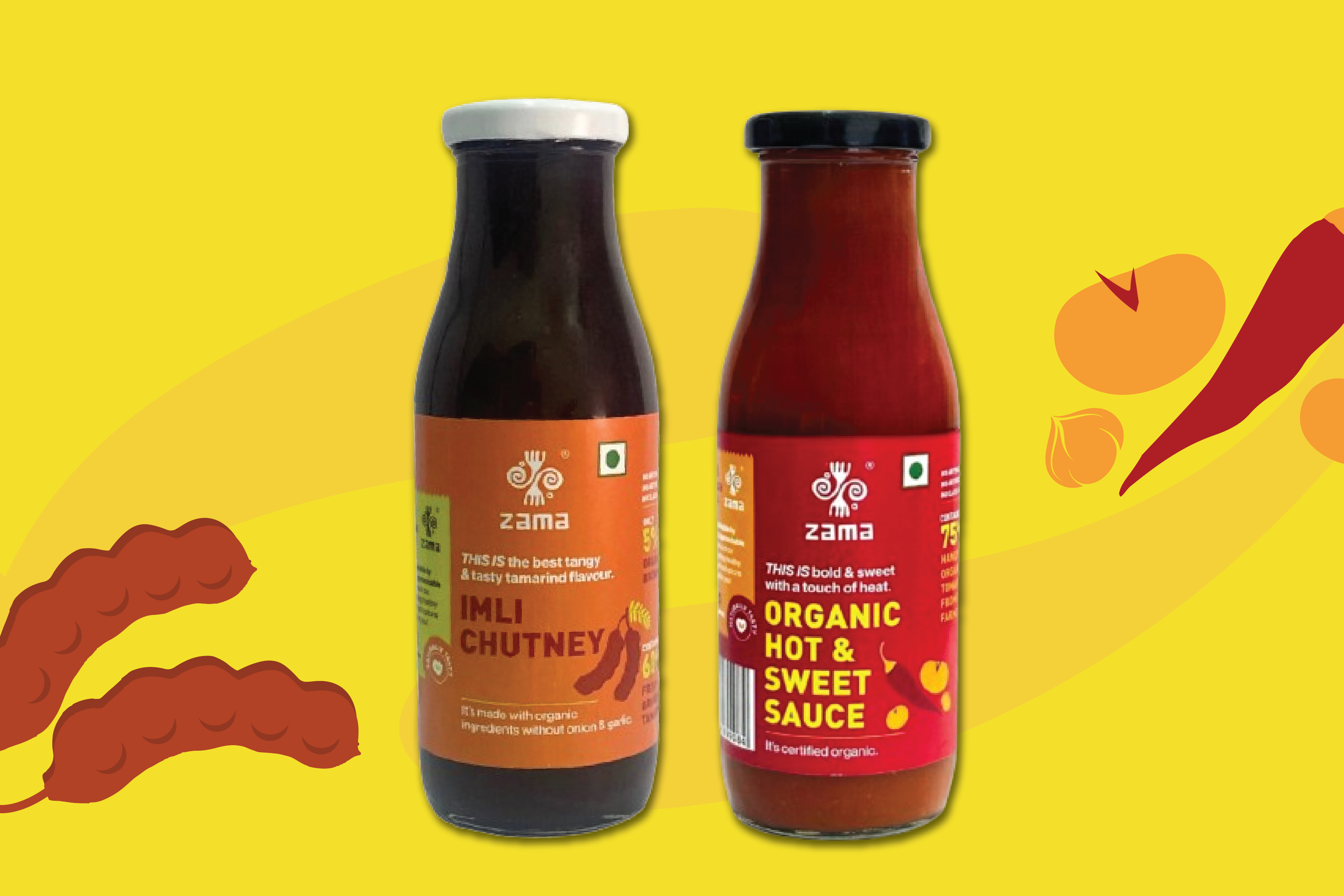This is a staple from the past that still fits naturally into today’s meals.
Ragi, also known as nachni or finger millet, has been grown and eaten in India for generations. It’s a naturally gluten-free grain that’s known for its high calcium, iron, and protein content making it a steady, nourishing choice for all ages.
These whole grains can be ground fresh at home or soaked and cooked like rice. Ragi has a dense texture and a slightly nutty, earthy taste that works well in rotis, porridges, dosa batters, or even lightly spiced khichdi.
Easy to digest and especially helpful for growing children, older adults, and those looking for nutrient-dense food - it’s one of those grains that quietly does a lot.
Cooking with our Ragi is a delightful experience. It can be ground into flour and used to make a wide range of dishes, including roti, dosa, porridge, and baked goods. To make a simple ragi porridge, combine a portion of ragi flour with water or milk, whisk it well to remove any lumps, and cook it over low heat until it thickens to your desired consistency.
Q. What is the nutritional content of ragi?
A. Ragi is rich in dietary fiber, protein, iron, calcium, and other minerals. It's also a good source of B vitamins and antioxidants.
Q. Can ragi be a part of a heart-healthy diet?
A. Ragi's fiber content supports heart health by helping to lower cholesterol levels. Its nutrient profile makes it a nutritious choice for a heart-healthy diet.





